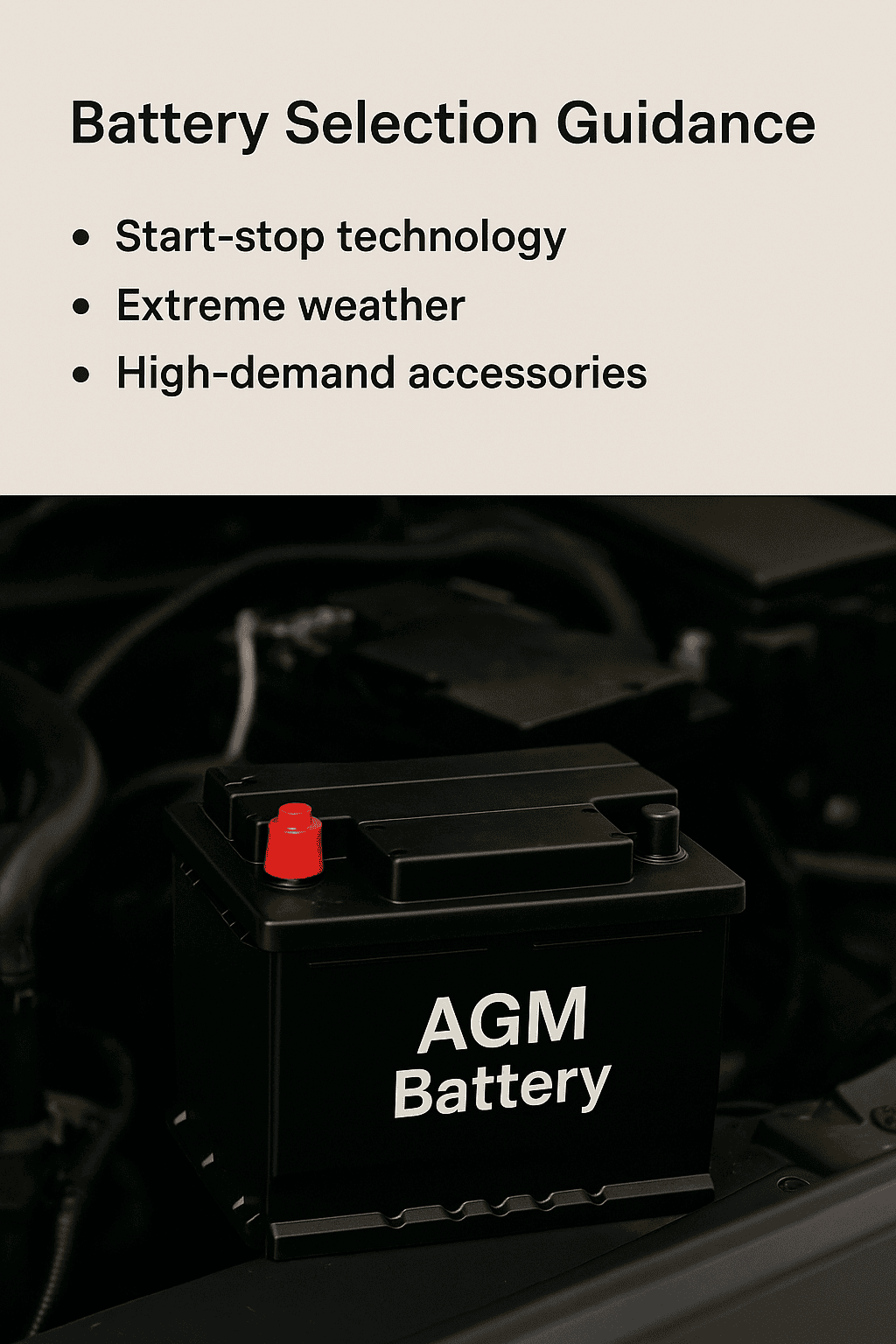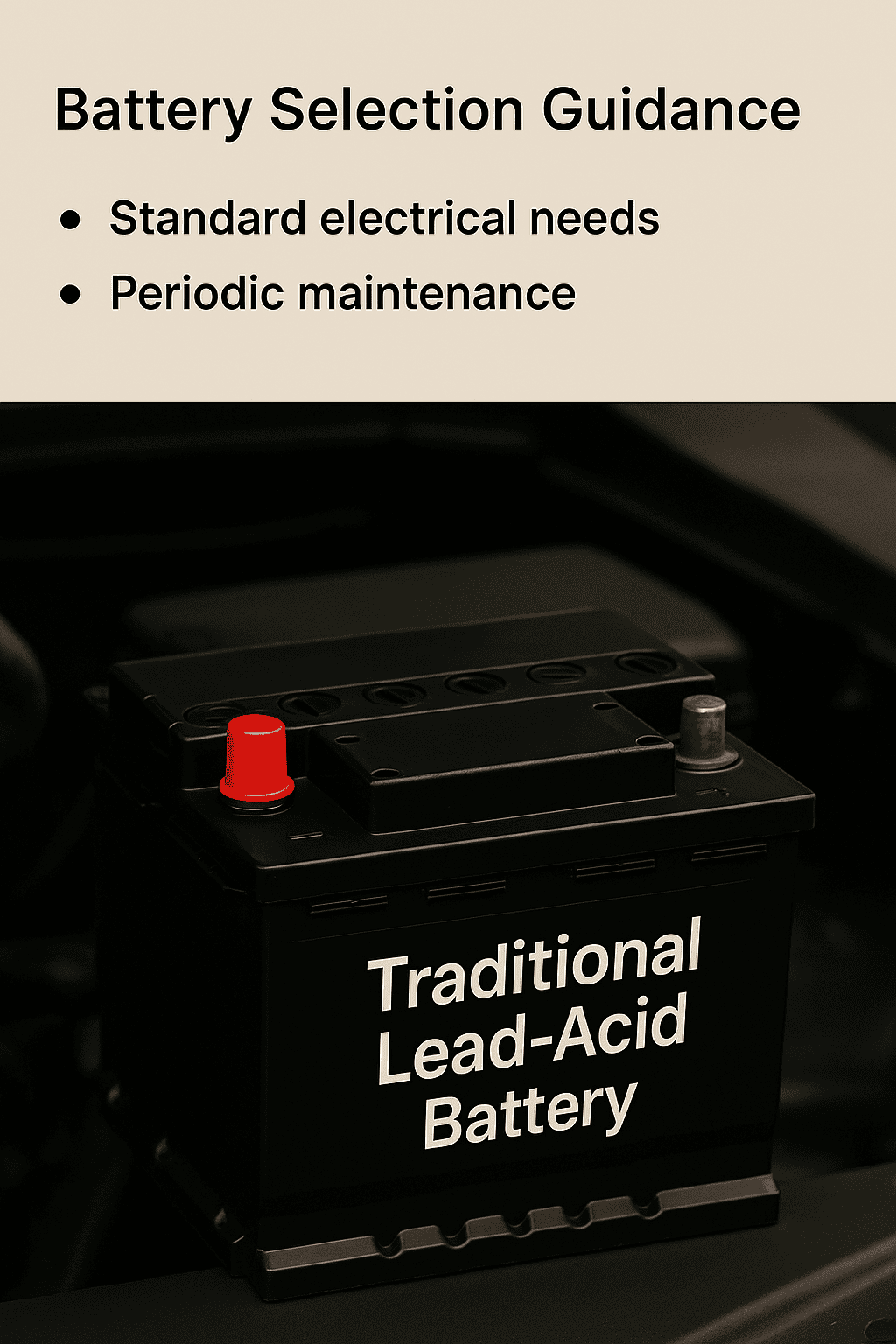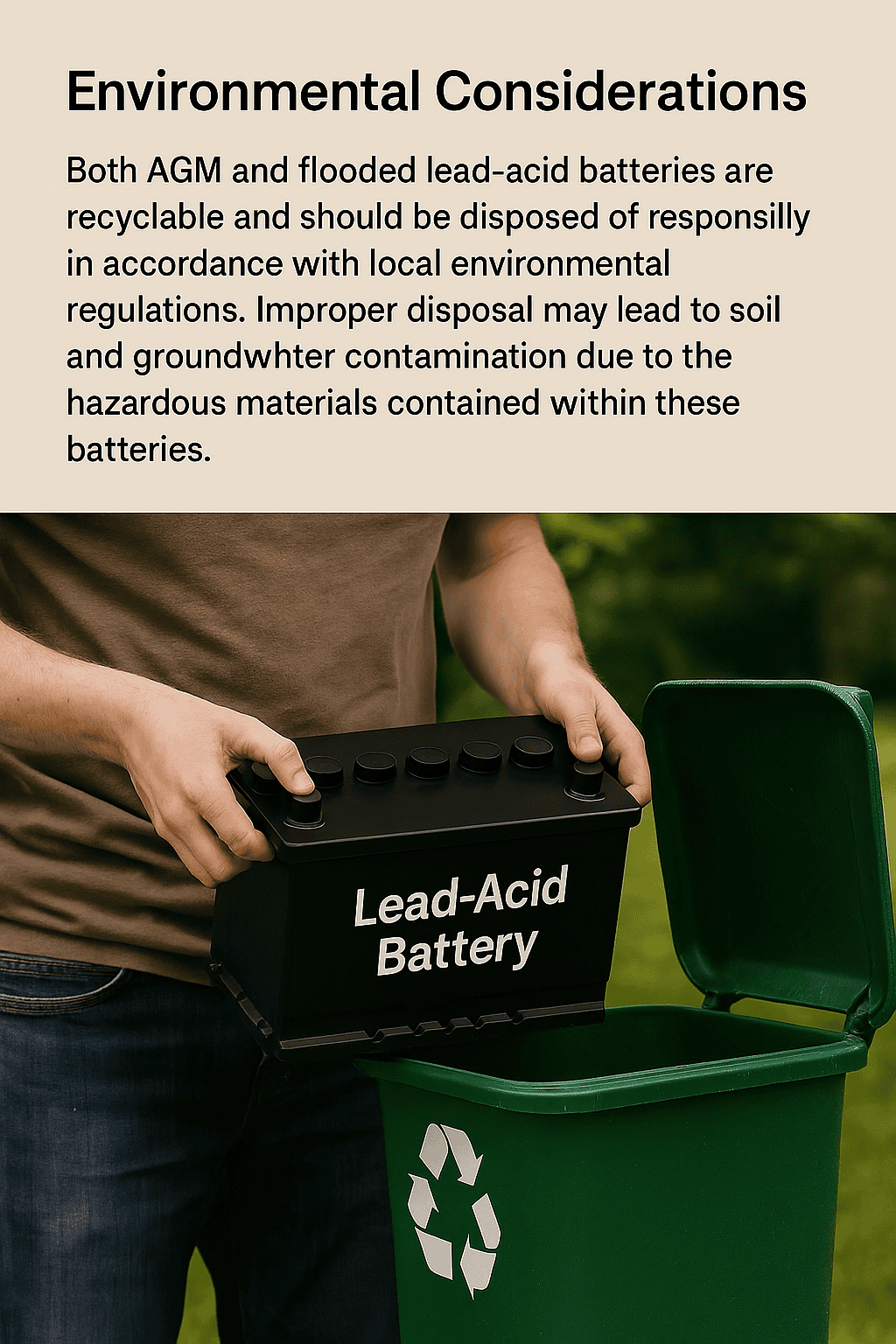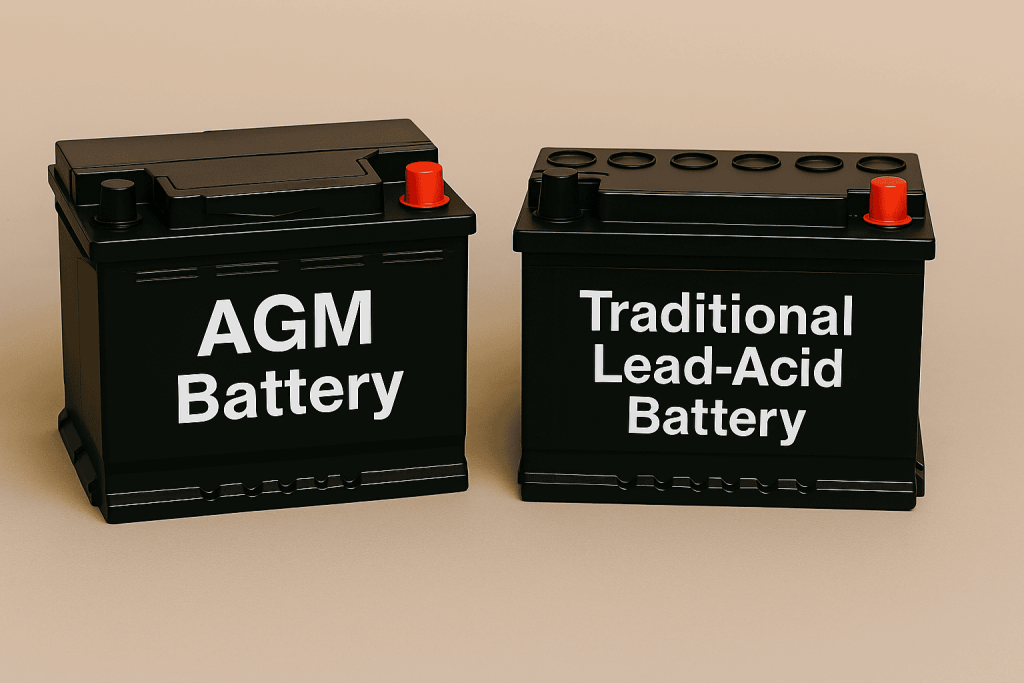AGM vs. Flooded Lead-Acid Battery: Which Is Best for Your Car in 2025?
Meta Description: AGM (a lead-acid variant) vs. traditional flooded batteries—Compare lifespans, costs, and performance. Choose the right car battery for your needs in 2025.
When selecting a car battery, understanding the two main types of lead-acid technology is key: Absorbent Glass Mat (AGM) and flooded lead-acid. While AGM is a modern, advanced form of lead-acid battery, traditional flooded batteries remain a popular choice. This guide compares their pros, cons, and ideal use cases to help you decide which suits your vehicle and lifestyle.
AGM vs. Flooded Lead-Acid: What’s the Difference?
AGM Batteries
Advanced Lead-Acid Technology
AGM batteries are a sealed, spill-proof variant of lead-acid batteries. Instead of free-flowing liquid electrolyte, they use fiberglass mats to absorb and immobilize the electrolyte. This design enhances durability and performance for modern vehicles.
Key Benefits:
- Maintenance-Free: No need to refill electrolytes.
- Vibration-Resistant: Ideal for rough roads or off-roading.
- Faster Charging: Compatible with regenerative braking systems.
- Deep-Cycle Capability: Handles frequent discharges (e.g., powering accessories).

Flooded Lead-Acid Batteries
Traditional Lead-Acid Design
Flooded batteries use liquid electrolyte and are the most common type of lead-acid battery. They’re affordable and reliable for vehicles with basic electrical needs but require regular upkeep.
Key Benefits:
- Budget-Friendly: Lower upfront cost.
- Easy to Recycle: Widely accepted at auto shops.
- Proven Simplicity: Works well for older vehicles.

AGM vs. Flooded Lead-Acid: Comparison Table
| Feature | AGM Battery | Flooded Lead-Acid |
| Technology | Sealed, absorbed electrolyte | Liquid electrolyte |
| Lifespan | 4–7 years | 3–5 years |
| Maintenance | None (sealed design) | Monthly fluid checks |
| Vibration Resistance | Excellent | Moderate |
| Cold Cranking Amps | Higher (650–750 CCA) | Lower (500–600 CCA) |
| Cost | Premium | Budget-friendly |
Maintenance & Use Cases
AGM (Advanced Lead-Acid)
- Best For: Modern cars with start-stop tech, luxury vehicles, off-roaders, or drivers in extreme climates.
- Care: Avoid overcharging; ensure your alternator voltage matches AGM requirements.
Flooded Lead-Acid
- Best For: Older vehicles, daily commuters, or drivers prioritizing low upfront costs.
- Care: Refill distilled water regularly and clean terminals to prevent corrosion.
Cost & Value Over Time
- AGM: Higher initial cost (150–150–300) but longer lifespan and zero maintenance.
- Flooded: Affordable (50–50–150) but shorter lifespan and higher upkeep.
Tip: AGM’s longevity often offsets its premium price for high-demand vehicles.
Environmental Impact
Both AGM and flooded lead-acid batteries are 99% recyclable. Always recycle old batteries responsibly to prevent lead pollution.

Which Should You Choose?
Opt for AGM If:
- Your car has advanced electronics (GPS, heated seats, start-stop).
- You drive in extreme heat, cold, or on uneven terrain.
- You want a “fit-and-forget” battery.
Choose Flooded Lead-Acid If:
- You drive an older model with basic electrical needs.
- Budget is your top priority.
- You don’t mind occasional maintenance.
FAQs
Final Verdict
AGM batteries represent the evolution of lead-acid technology, offering maintenance-free reliability for modern, high-demand vehicles. Meanwhile, traditional flooded lead-acid batteries remain a practical, budget-friendly option for simpler cars. Your choice hinges on your vehicle’s needs, driving habits, and willingness to invest upfront for long-term savings.
Next Steps:
- Check your owner’s manual for battery specifications.
- Test your current battery’s health annually.
- Consult a mechanic for tailored advice.
- For vehicle-specific recommendations, visit your manufacturer’s official website or support portal.
Power your drive in 2025—choose smart, stay charged.
References:
1. Albers, J., & Meissner, E. (2017). Automotive absorptive glass-mat lead–acid batteries. In D. Aurbach & B. Scrosati (Eds.), Lead-Acid Batteries for Future Automobiles (pp. 185–211). Elsevier. https://doi.org/10.1016/B978-0-444-63700-0.00006-4.
2. Offer, G. J., Howey, D. A., Contestabile, M., Clague, R., & Brandon, N. P. (2013). A review of current automotive battery technology and future prospects. Proceedings of the Institution of Mechanical Engineers, Part D: Journal of Automobile Engineering, 227(5), 761–776. https://doi.org/10.1177/0954407013485567

